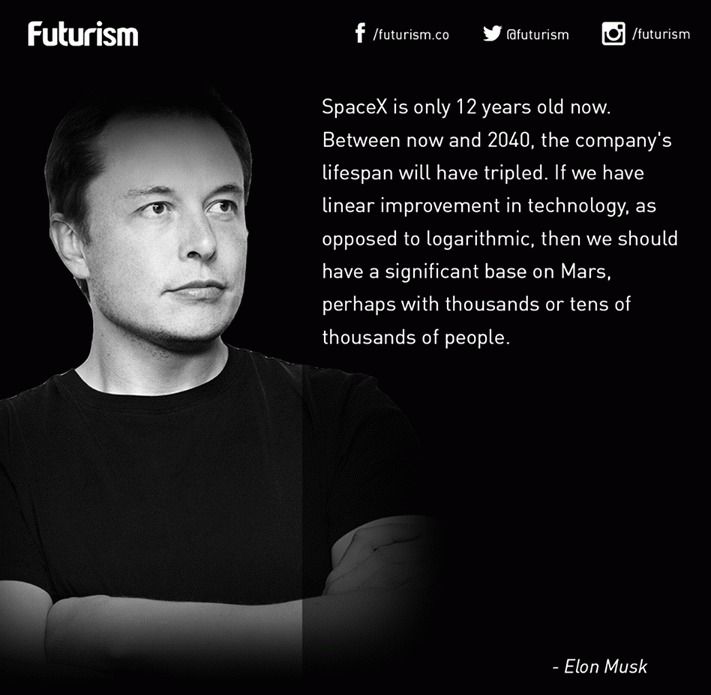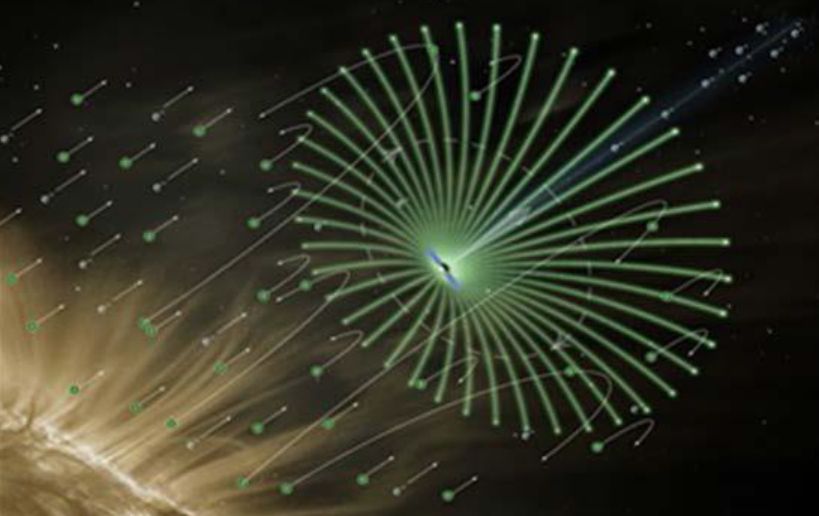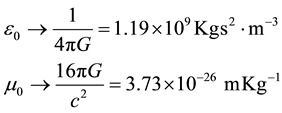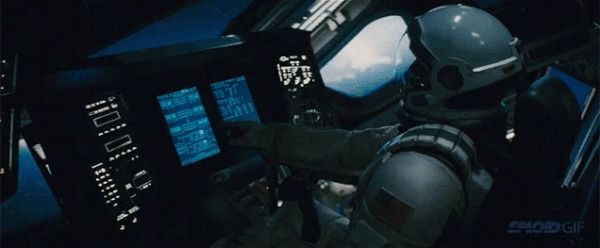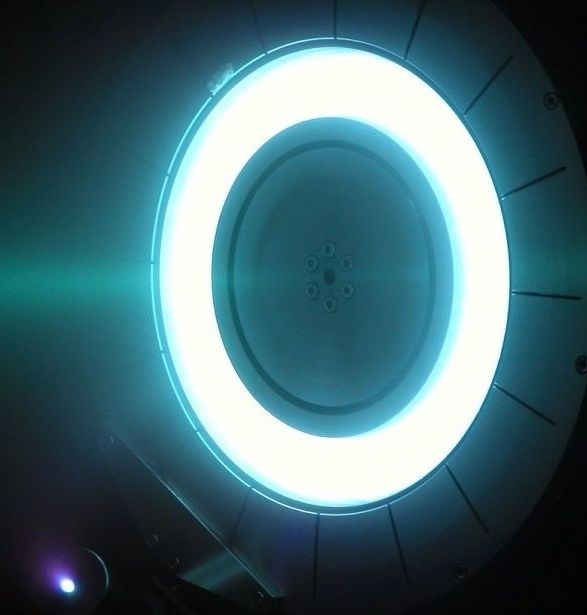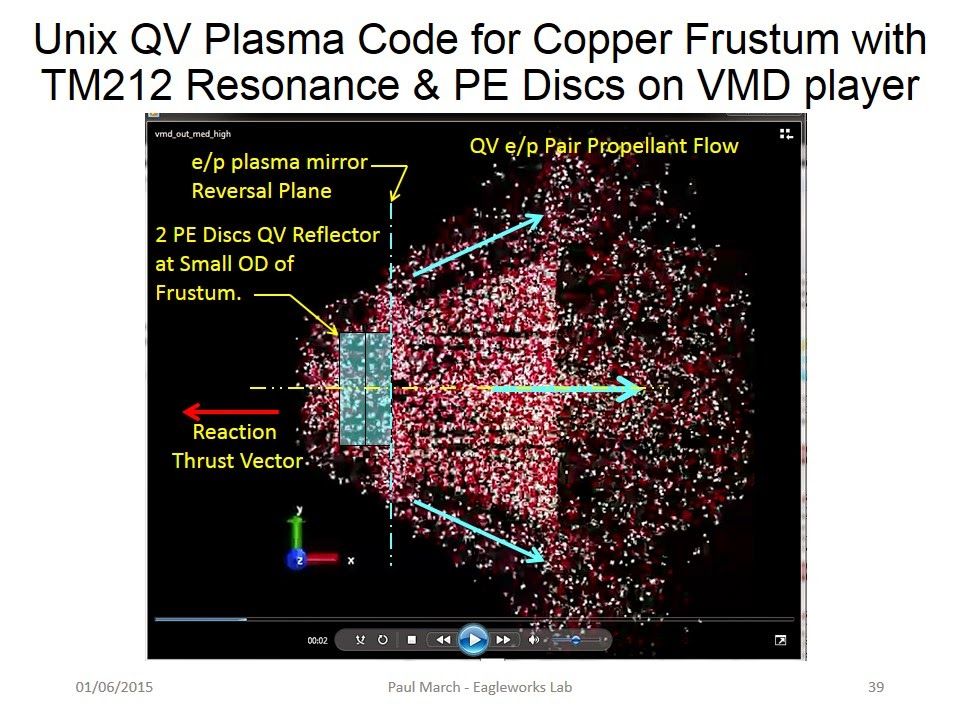Archive for the ‘space travel’ category: Page 485
Nov 11, 2015
David Eagleman: Can a Computer Simulate Consciousness?
Posted by Gerard Bain in categories: computing, information science, neuroscience, space travel
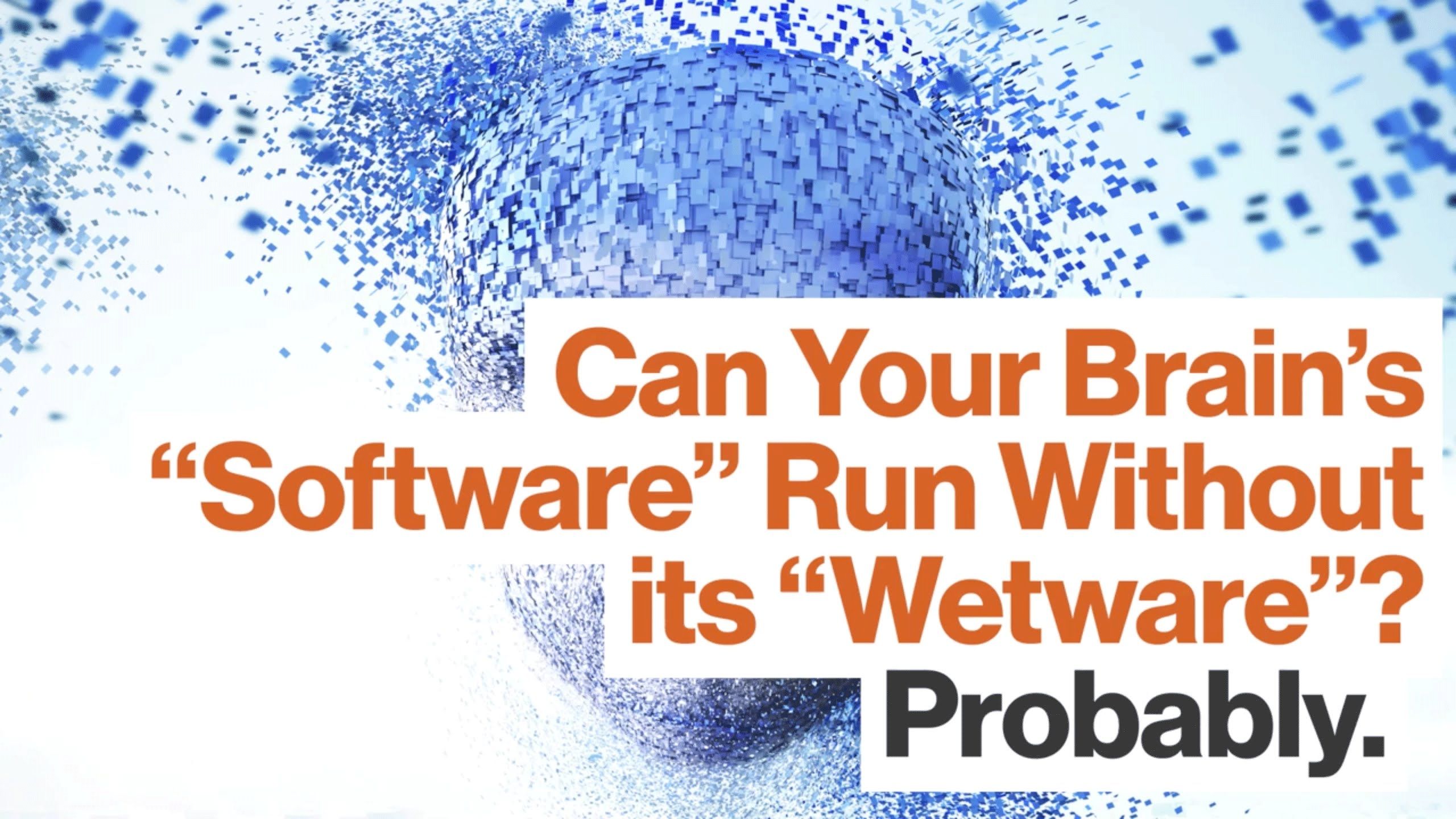
Yes, conceivably. And if/when we achieve the levels of technology necessary for simulation, the universe will become our playground. Eagleman’s latest book is “The Brain: The Story of You” (http://goo.gl/2IgDRb).
Follow Big Think here:
YouTube: http://goo.gl/CPTsV5
Facebook: https://www.facebook.com/BigThinkdotcom
Twitter: https://twitter.com/bigthink
Continue reading “David Eagleman: Can a Computer Simulate Consciousness?” »
Nov 9, 2015
‘Electric Sails’ Could Propel Superfast Spacecraft
Posted by Andreas Matt in categories: particle physics, robotics/AI, space travel
SANTA CLARA, California — Robotic spacecraft may ride the solar wind toward interstellar space at unprecedented speeds a decade or so from now.
Researchers are developing an “electric sail” (e-sail) propulsion system that would harness the solar wind, the stream of protons, electrons and other charged particles that flows outward from the sun at more than 1 million mph (1.6 million kilometers per hour).
“It looks really, really promising for ultra-deep-space exploration,” Les Johnson, of NASA’s Marshall Space Flight Center in Huntsville, Alabama, said of the e-sail concept here at the 100-Year Starship Symposium on Oct. 30. [Superfast Spacecraft Propulsion Concepts (Images)].
Nov 8, 2015
Theory of a Mach Effect Thruster II
Posted by Andreas Matt in categories: energy, information science, quantum physics, space travel
ABSTRACT
According to Einstein, General Relativity contains the essence of Mach’s ideas. Mach’s principle can be summarized by stating that the inertia of a body is determined by the rest of the mass-energy content of the universe. Inertia here arises from mass-energy there. The latter, was a statement made by John Wheeler in his 1995 book, Gravitation and Inertia, coauthored by Ciufolini. Einstein believed that to be fully Machian, gravity would need a radiative component, an action-at-a-dis- tance character, so that gravitational influences on a body from far away could be felt immediately. In 1960’s, Hoyle and Narlikar (HN) developed such a theory which was a gravitational version of the Absorber theory derived by Wheeler-Feynman for classical electrodynamics and later expanded upon by Davies and Narlikar for quantum electrodynamics. The HN-field equation has the same type of mass fluctuation terms as in the Woodward Mach effect thruster theory. The force equation, used to predict the thrust in our device, can be derived from the mass fluctuation. We outline a new method for deriving the force equation. We present new experimental tests of the thruster to show that the thrust seen in our device is not due to either heating or Dean Drive effects. Successful replications have been performed by groups in Austria and Canada, but their work is still pending in the peer review literature.
Keywords:
Mach Effect Drive, Transient Mass Fluctuations, Mach’s Principle, Action at a Distance, Advanced Waves, Event Horizon.
Nov 8, 2015
Theory of a Mach Effect Thruster I
Posted by Andreas Matt in categories: energy, information science, materials, space travel
ABSTRACT
The Mach Effect Thruster (MET) is a propellant―less space drive which uses Mach’s principle to produce thrust in an accelerating material which is undergoing mass―energy fluctuations, [1] –[3]. Mach’s principle is a statement that the inertia of a body is the result of the gravitational interaction of the body with the rest of the mass-energy in the universe. The MET device uses electric power of 100 — 200 Watts to operate. The thrust produced by these devices, at the present time, are small on the order of a few micro-Newtons. We give a physical description of the MET device and apparatus for measuring thrusts. Next we explain the basic theory behind the device which involves gravitation and advanced waves to incorporate instantaneous action at a distance. The advanced wave concept is a means to conserve momentum of the system with the universe. There is no momentun violation in this theory. We briefly review absorber theory by summarizing Dirac, Wheeler-Feynman and Hoyle-Narlikar (HN). We show how Woodward’s mass fluctuation formula can be derived from first principles using the HN-theory which is a fully Machian version of Einstein’s relativity. HN-theory reduces to Einstein’s field equations in the limit of smooth fluid distribution of matter and a simple coordinate transformation.
Keywords:
Nov 5, 2015
Why NASA’s EmDrive Might Be the Most Exciting Breakthrough in Tech Right Now
Posted by Sean Brazell in categories: energy, physics, space travel
Earthlings, meet the EmDrive, the rocket of the future.
Allegedly, Eagleworks Labs at NASA’s Johnson Space Center has defied a Newtonian law of physics and created a futuristic warp drive. If it’s real, it could be the most exciting breakthrough in space-travel technology to date: an engine that gets from point A to point B without using any fuel — and does it crazy fast.
Despite months of skepticism, our nation’s aerospace agency wants you to believe its latest findings are legit. Recent studies purportedly prove the EmDrive’s authenticity. Even NASA researcher Paul March hopped on a (non-NASA-affiliated) spaceflight forum to chat about the agency’s findings.
Nov 5, 2015
NASA is Hiring Astronauts — By Lauren Boyer | U.S News & World Report
Posted by Odette Bohr Dienel in categories: space, space travel
“If going to Mars sounds fun, apply within.” (Applications accepted December 2015 through February 2016.)
Nov 2, 2015
In a new round of testing, NASA confirms yet again that the ‘impossible’ EMdrive thruster works
Posted by Sean Brazell in categories: physics, space travel
Engineer Roger Shawyer’s controversial EM Drive thruster jets back into relevancy this week, as a team of researchers at NASA’s Eagleworks Laboratories recently completed yet another round of testing on the seemingly impossible tech. Though no official peer-reviewed lab paper has been published yet, and NASA institutes strict press release restrictions on the Eagleworks lab these days, engineer Paul March took to the NASA Spaceflight forum to explain the group’s findings. In essence, by utilizing an improved experimental procedure, the team managed to mitigate some of the errors from prior tests — yet still found signals of unexplained thrust.
Isaac Newton should be sweating.
Flying in the face of traditional laws of physics, the EM Drive makes use of a magnetron and microwaves to create a propellantless propulsion system. By pushing microwaves into a closed, truncated cone and back towards the small end of said cone, the drive creates the momentum and force necessary to propel a craft forward. Because the system is a reactionless drive, it goes against humankind’s fundamental comprehension of physics, hence its controversial nature.
Nov 2, 2015
NASA Eagleworks has tested an upgraded Emdrive
Posted by Julius Garcia in category: space travel
Paul March says Eagleworks has mitigated the issues raised by our Eaglework (EW)Lab’s Blue-Ribbon PhD panel and now Potomac-Neuron’s paper, on the possible Lorentz force interactions.
The issue was raised that there could be Lorentz Interactions with the dc currents on the EW torque pendulum (TP) with the stray magnetic fields from the torque pendulum’s first generation open-face magnetic damper and the Earth’s geomagnetic field.
EW built and installed a 2nd generation, closed face magnetic damper that reduced the stray magnetic fields in the vacuum chamber by at least an order of magnitude and any Lorentz force interactions it could produce.
Nov 2, 2015
The world just got closer to a ‘hypersonic space plane’ that will transform ‘the economics of space’
Posted by Jeremy Lichtman in categories: economics, space travel
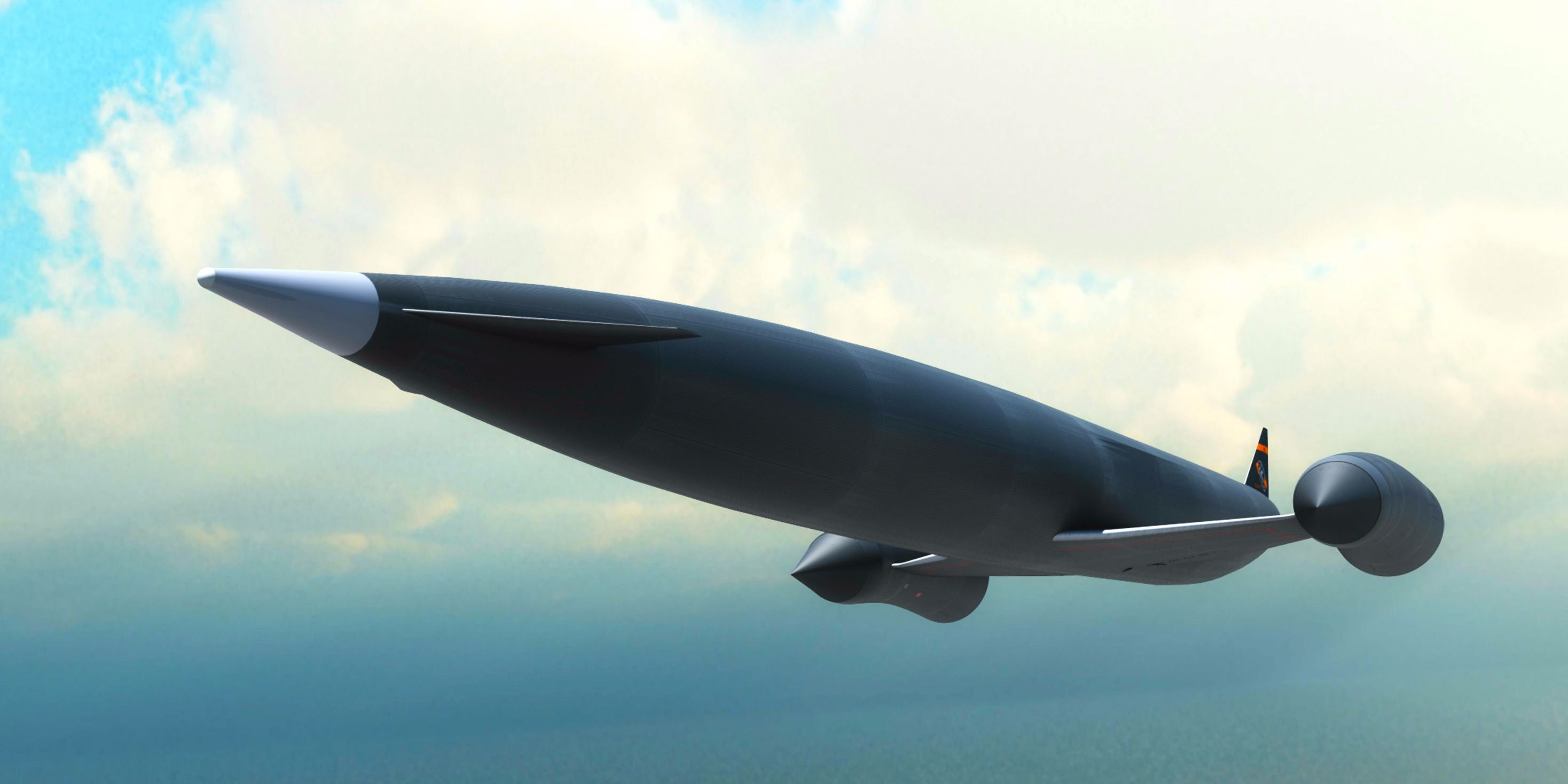
BAE just bought 20% of Reaction Engines. That’s a good indication it’s gonna happen!
BAE Systems, one of the world’s biggest aeronautics and defence firms, just made a significant investment in Reaction Engines.
